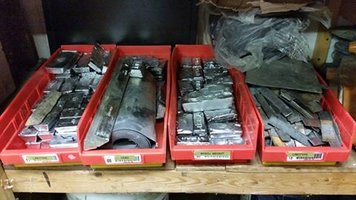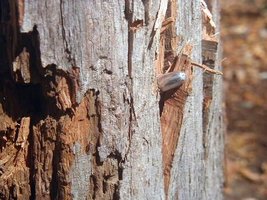headednorth
NES Member
- Joined
- Apr 9, 2012
- Messages
- 26,638
- Likes
- 49,145
Looking to cast some 357 mag and 3006 to start off. I have some wheel weight ingots and some range scrap. Trying to figure out if I can cast bullets with the range scrap as is or if I need to add to it to get the bhn up. (im going under the assumption the avg bhn for rs is 10).
Looking to shoot...
-midrange 357 loads which should be around 1000-1100fps and magnum loads at around 1500 fps.
-3006 rounds, target loads for out to 200yds at around 1500 fps and 100 yrd target loads around 1000fps.
-later will cast for 9mm and 45acp at around 1000/1100fps and 800fps respectively.
So...
-Can I load the midrange 357 and 100yrd 3006 with straight ww or range scrap? Without gas checks I assume?
-Can I load the magnum 357 and 200 yard 3006 this way as well, or do I need to add to it to get the BHN up? Do I need gas checks? If I use gas checks, do I still have to raise the BHN?
-Can I load 9mm and 45 acp at those velocities with ww and range scrap? Guessing the BHN needs to be higher.
Thanks in advance
Looking to shoot...
-midrange 357 loads which should be around 1000-1100fps and magnum loads at around 1500 fps.
-3006 rounds, target loads for out to 200yds at around 1500 fps and 100 yrd target loads around 1000fps.
-later will cast for 9mm and 45acp at around 1000/1100fps and 800fps respectively.
So...
-Can I load the midrange 357 and 100yrd 3006 with straight ww or range scrap? Without gas checks I assume?
-Can I load the magnum 357 and 200 yard 3006 this way as well, or do I need to add to it to get the BHN up? Do I need gas checks? If I use gas checks, do I still have to raise the BHN?
-Can I load 9mm and 45 acp at those velocities with ww and range scrap? Guessing the BHN needs to be higher.
Thanks in advance
Last edited:



